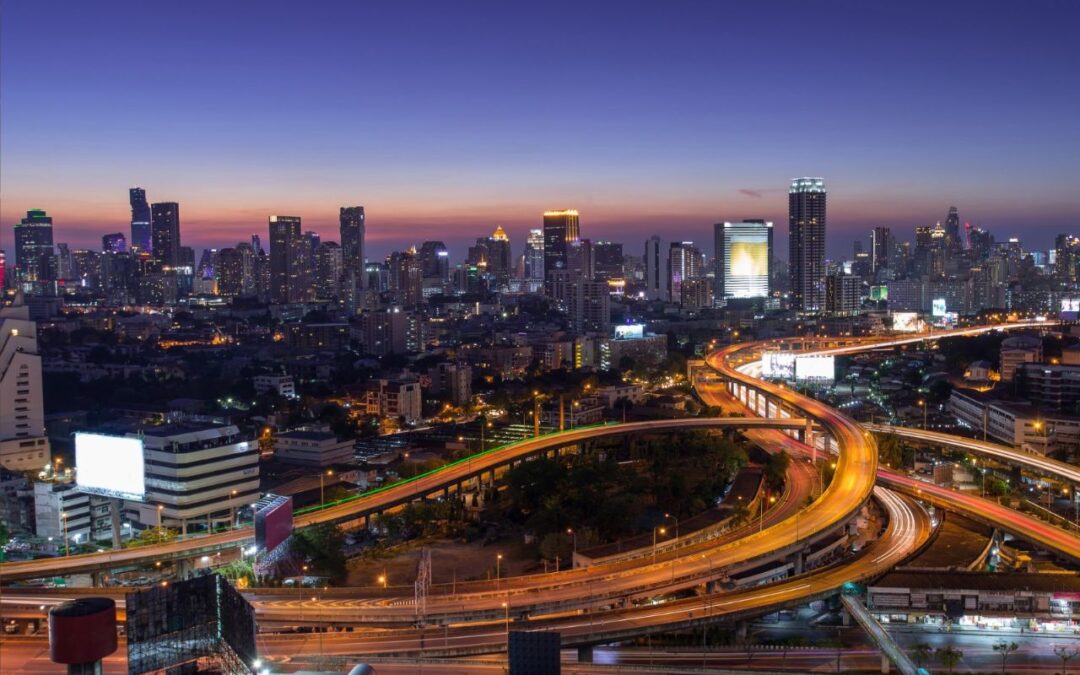Synopsis– In 2025, Pune is undergoing significant changes in its infrastructure, including metro extension, new ring roads, airport development, smart city improvement, and increased industrial growth. The various projects are intended to enhance connectivity, sustainability, and economic resilience across the metropolitan region.
Introduction
Pune, in its role as the erstwhile cultural capital of Maharashtra, is progressing forward as an urban economic hub that is smart and resilient. Through 2025, urban mobility, roads, airports, urban renewal and digital governance projects will transform the modes of transportation and communication through which people and goods move, connect, live, and work in Pune for a total population exceeding 7 million.
Metro Rail Expansion
- Phase 1 – Partially Operational: Pune Metro’s Phase 1 is operational in important corridors like Vanaz, Garware College, Ruby Hall, and connects the city centre with vital residential and commercial districts.
- Line 3 – Hinjewadi to Shivajinagar: Line 3 is 23.3 km long (Rail – PPP) and is 88% completed, and is expected to be operational by March 2026. It provides major relief for those commuting to and from Pune’s IT parks.
- Future Prospects:
- Phase 2 presents proposed corridors such as Swargate–Hadapsar–Kharadi and Nal Stop–Warje. A dedicated Kharadi–Airport link is currently planned as part of a larger multimodal transit hub.
- Feeder Services and Impact: 22 PMPML (Pune Mahanagar Parivahan Mahamandal Limited) feeder services recorded over 10 lakh in the month of June 2025 for the last mile access to the metro services. All in all, these efforts will significantly alleviate traffic congestion, encourage public transit usage, and facilitate sustainable mobility in Pune.
Road Infrastructure & Ring Roads
- PMRDA Inner Ring Road (83 km): The aim of this ring road is primarily to improve inter-nodal connectivity. Land acquisition is progressing well in phase one.
- Projects designed to ease freight and city congestion: Pune–Shirur Elevated Road(construction is expected to begin by June-July 2025) and Sinhgad Road Flyover (both sides are expected to open by mid-August 2025).
- Tech Zone & Tunnel Projects: 10 metro-integrated double-decker flyovers, the Hinjewadi–Pirangut roads (₹4,503 crore), and the Yerawada–Katraj Twin Tunnel are easing the burden of Pune’s tech and logistics corridors.
- MSRDC Outer Ring Road (138 km): This ₹42,711 crore highway will connect six national highways. Land acquisition is nearly complete, with partial opening by late 2025, and full completion by mid-2027
Also read: Is Bengaluru’s Rental Demand in Trouble? The Shocking Impact of IT Layoffs and Hiring Freeze
Purandar International Airport
Located 45 km southeast of Pune, this greenfield airport will operate both domestic and international commercial air traffic, relieving some of the stress on the Lohegaon Airport. Land acquisition is ongoing. Drafting the Detailed Project Report (DPR) is expected to be completed by September 2025. Targeted completion is around 2029, this airport will provide Pune with a base for future aviation activity for western India. The Purandar International Airport will relieve congestion at Lohegaon (a dual military-civilian airport) and help improve Pune’s global connectivity related to business, tourism, and regional trade.
Smart City & Urban Rejuvenation Projects
- Mula-Mutha Riverfront Rejuvenation: The Mula-Mutha River Rejuvenation Project, worth ₹5,500 crore, is approximately 85% complete. It includes sewage treatment, green spaces, and eco-restoration. It aims to maximise a public waterfront space while increasing flood resilience.
- Sanitation Network Upgrade: Through a ₹332 crore sewage network expansion to improve sanitation in 16 recently merged PMC areas, approximately 472 km of pipelines are to be laid, thus improving urban hygiene infrastructure.
- Smart City Integration: Under Pune’s Smart City Mission, the city is adopting smart street lighting, electric buses, an Integrated Command Centre, and Digital Kiosks to facilitate responsive urban governance.
- Mahalunge–Maan Hi-Tech City: This 250-acre township has Residential, Commercial and innovation-driven spaces aiming to become a blueprint for smart ecosystems of the future in India.
Industrial & Logistics Push: Economic Backbone
- IndoSpace Chakan Logistics Hub: IndoSpace is developing a ₹1,037 crore logistics park on 188 acres in Chakan, which will become the largest industrial park in India and enhance warehousing, manufacturing, and supply chain capabilities.
- Connectivity Improvements in Industrial Corridors: To support industrial effectiveness, there is road infrastructure improvements underway along the Chakan and Talegaon MIDC corridors to improve freight efficiency and access.
- Kharadi’s IT and BFSI leasing boom: Kharadi is flourishing due to strong IT and financial services leasing that is underpinned by strong infrastructure and forthcoming metro connectivity. This further establishes Pune’s credentials in India’s service sector.
Conclusion
While in 2025 Pune is not just scaling up infrastructure, it is developing a smarter, more attractive urban future. Transformative ongoing projects in transport, industry and health care will put Pune on the path to sustainable and resilient growth. Though timelines may change, Pune will continue to be firmly committed to balanced and equitable urban growth and definitely in the future.
Written by N G Sai Rohith





